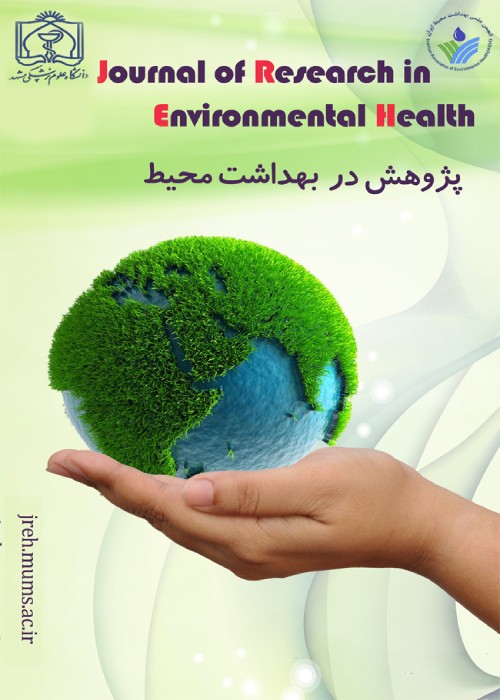Investigating the relationship between the fluoride concentration in groundwater and spatial distribution of loess deposits in the Gorgan Plain
Fluoride is one of the important ions in drinking water, which in low or high concentrations causes some problems related to human health, such as tooth decay, dental fluorosis, or skeletal fluorosis. Present study was carried out to investigate the fluoride concentration as well as the effective factors in the fluoride distribution in drinking water supply sources of Golestan province.
For this purpose, Golestan province was divided into four regions according to the distribution of loess. Next, groundwater samples from these areas were collected and chemical parameters of TDS, HCO3-, Cl-, SO42-, NO3-, NO2-, F-, PO42-, Ca2+, Mg2+, Na+, K+ and Fe2+analyzed. After hydrogeochemical and statistical assessment, the relationship between fluoride and loess deposits and some physicochemical parameters were investigated.
Results of four regions showed that the fluoride amount is directly related to the loess deposits spread, so that in region 1 including Maraveh Tappeh, Kalaleh, and Gonbad there is the most spread of loess deposits, the fluoride amount is more than other areas. Results revealed that high correlation of fluoride with some ions such as calcium, bicarbonate, iron, sodium, and phosphate. Also, there is a high correlation between electrical conductivity as a salinity parameter and fluoride concentration in groundwater. So, an increase in salinity, the fluoride amount in the province's water resources has increased significantly. Water-rock reaction is the main factor controlling the groundwater chemistry and as a result, most possible factor for the fluoride leaching into groundwater.
Chemical cement of loess along with some clay minerals is the main source of fluoride in groundwater sources in region 1 with the most spread of loess deposits. Saline water of the lower layers and their intrusion into the fresh water aquifer can be considered as the fluoride second source in Gorgan Plain.
- حق عضویت دریافتی صرف حمایت از نشریات عضو و نگهداری، تکمیل و توسعه مگیران میشود.
- پرداخت حق اشتراک و دانلود مقالات اجازه بازنشر آن در سایر رسانههای چاپی و دیجیتال را به کاربر نمیدهد.


